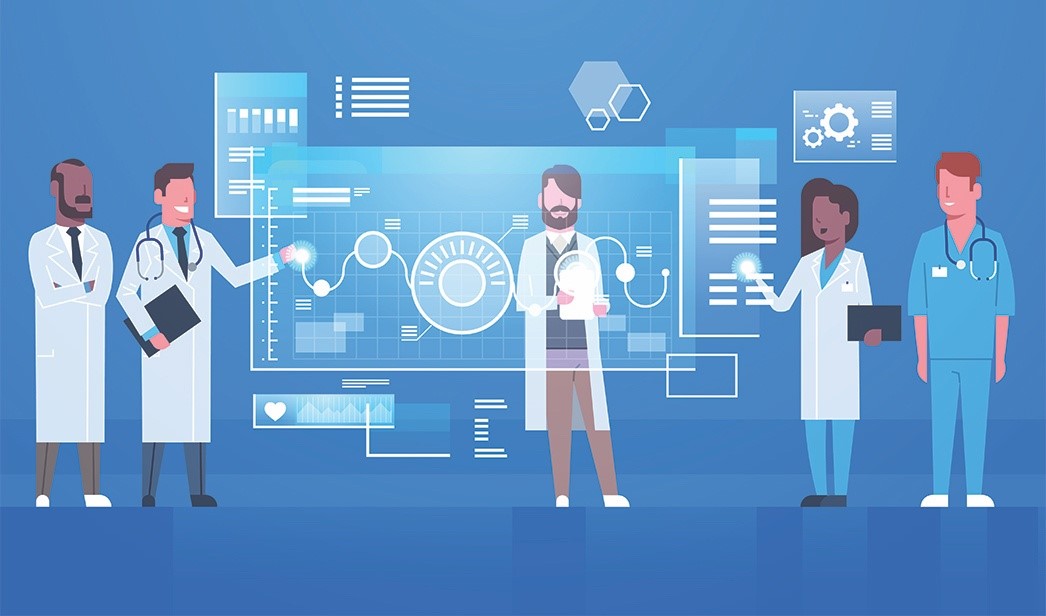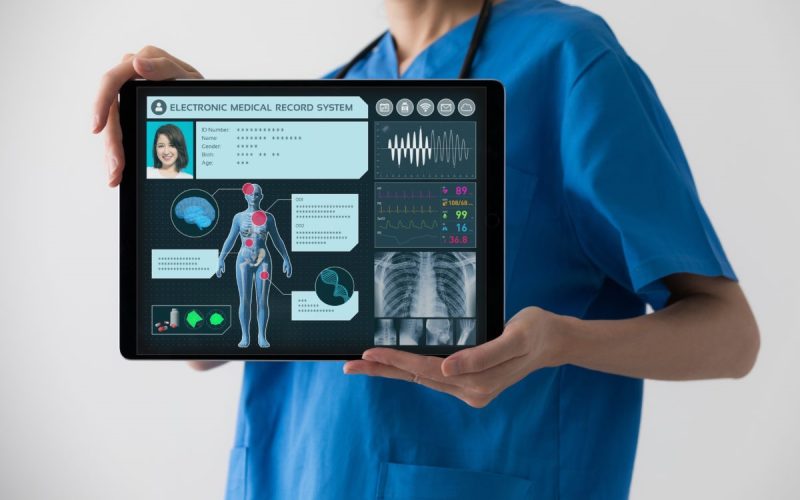In recent years, the healthcare industry has undergone a significant transformation, driven largely by the advent and rapid growth of Digital Health Records (DHRs). This shift from paper-based records to digital formats has brought about a myriad of benefits, but it has also introduced new challenges that need to be addressed. This article delves into the evolution of Digital Health Records, exploring their advantages and the obstacles that accompany their implementation.
The Evolution of Digital Health Records
Digital Health Records, often referred to as Electronic Health Records (EHRs) or Electronic Medical Records (EMRs), have revolutionized the way patient information is stored, accessed, and utilized. Unlike traditional paper records, DHRs are digital versions of patients’ medical histories, encompassing a wide array of data including diagnoses, medications, treatment plans, immunization dates, allergies, radiology images, and laboratory test results.
The transition to DHRs began in earnest in the early 2000s, spurred by advancements in information technology and a growing recognition of the inefficiencies and limitations associated with paper records. Governments and healthcare organizations worldwide have since invested heavily in digital health infrastructure, aiming to improve healthcare delivery, enhance patient outcomes, and reduce costs.
Benefits of Digital Health Records
Improved Accessibility and Efficiency
One of the most significant advantages of Digital Health Records is the enhanced accessibility they provide. Healthcare providers can access patient information instantly, regardless of their location. This is particularly crucial in emergency situations where timely access to medical histories can be life-saving. Additionally, DHRs streamline administrative tasks, reducing the time and effort required to locate, retrieve, and update patient records.
Enhanced Coordination of Care
DHRs facilitate better coordination among healthcare providers. When multiple practitioners are involved in a patient’s care, DHRs ensure that everyone has access to the same up-to-date information. This reduces the risk of medical errors, such as duplicate tests or conflicting treatments, and promotes a more holistic approach to patient care.
Improved Patient Safety
Digital Health Records contribute to patient safety in several ways. They enable automatic alerts for potential drug interactions, allergies, and other critical issues. This proactive approach helps prevent adverse events and ensures that patients receive the most appropriate and safe treatments.
Data Analytics and Research
The digitization of health records has opened up new possibilities for data analytics and research. Aggregated and anonymized data from DHRs can be used to identify trends, track disease outbreaks, and conduct clinical research. This wealth of information can drive evidence-based medicine, leading to more effective treatments and improved public health outcomes.
Patient Empowerment
DHRs empower patients by providing them with easy access to their own health information. Patient portals allow individuals to view their medical records, schedule appointments, request prescription refills, and communicate with their healthcare providers. This increased transparency fosters a sense of ownership and engagement in one’s own healthcare journey.

Challenges of Digital Health Records
Privacy and Security Concerns
The digitization of health records has raised significant privacy and security concerns. Protecting sensitive patient information from cyber threats, data breaches, and unauthorized access is paramount. Healthcare organizations must invest in robust cybersecurity measures, including encryption, multi-factor authentication, and regular security audits, to safeguard patient data.
Interoperability Issues
Interoperability, or the ability of different systems and software to communicate and exchange information seamlessly, remains a major challenge in the realm of Digital Health Records. Many healthcare providers use different EHR systems, which can hinder the sharing of patient information across organizations. Efforts are underway to develop standardized protocols and frameworks to address this issue, but progress has been slow.
High Implementation Costs
The transition to Digital Health Records requires significant financial investment. The costs associated with purchasing and implementing EHR systems, training staff, and maintaining the infrastructure can be prohibitive for smaller healthcare providers. Additionally, the return on investment may not be immediately apparent, making it challenging for some organizations to justify the expense.
Workflow Disruptions
Implementing DHRs can disrupt established workflows and require significant adjustments from healthcare providers. Learning to navigate new systems, input data accurately, and adapt to changes in documentation processes can be time-consuming and may initially impact productivity. Adequate training and support are essential to minimize these disruptions.
Data Quality and Accuracy
The accuracy and quality of data in Digital Health Records are critical for effective healthcare delivery. Inaccurate or incomplete information can lead to misdiagnoses, inappropriate treatments, and compromised patient safety. Ensuring data integrity requires rigorous data entry protocols, regular audits, and continuous monitoring.
The Future of Digital Health Records
Despite the challenges, the future of Digital Health Records looks promising. Advances in technology, such as artificial intelligence (AI) and machine learning, hold the potential to further enhance the capabilities of DHRs. AI-powered tools can assist with data entry, identify patterns, predict patient outcomes, and provide decision support to healthcare providers.
Furthermore, ongoing efforts to improve interoperability and standardization will facilitate seamless information exchange across healthcare systems. The development of national and international health information networks will enable comprehensive and coordinated care, regardless of where patients receive treatment.
Patient-centered care will continue to be a driving force in the evolution of DHRs. Innovations such as telehealth, wearable devices, and remote monitoring will integrate with DHRs to provide real-time data and personalized care plans. This holistic approach will empower patients to take an active role in managing their health and well-being.
Conclusion
The growth of Digital Health Records represents a significant milestone in the evolution of healthcare. The benefits of improved accessibility, enhanced coordination of care, patient safety, data analytics, and patient empowerment are undeniable. However, the challenges of privacy and security, interoperability, implementation costs, workflow disruptions, and data quality must be addressed to fully realize the potential of DHRs.
As technology continues to advance and healthcare organizations adapt to the digital landscape, the promise of Digital Health Records in transforming healthcare delivery and improving patient outcomes remains strong. By navigating the complexities and embracing innovation, the healthcare industry can harness the power of Digital Health Records to create a more efficient, effective, and patient-centered healthcare system.










